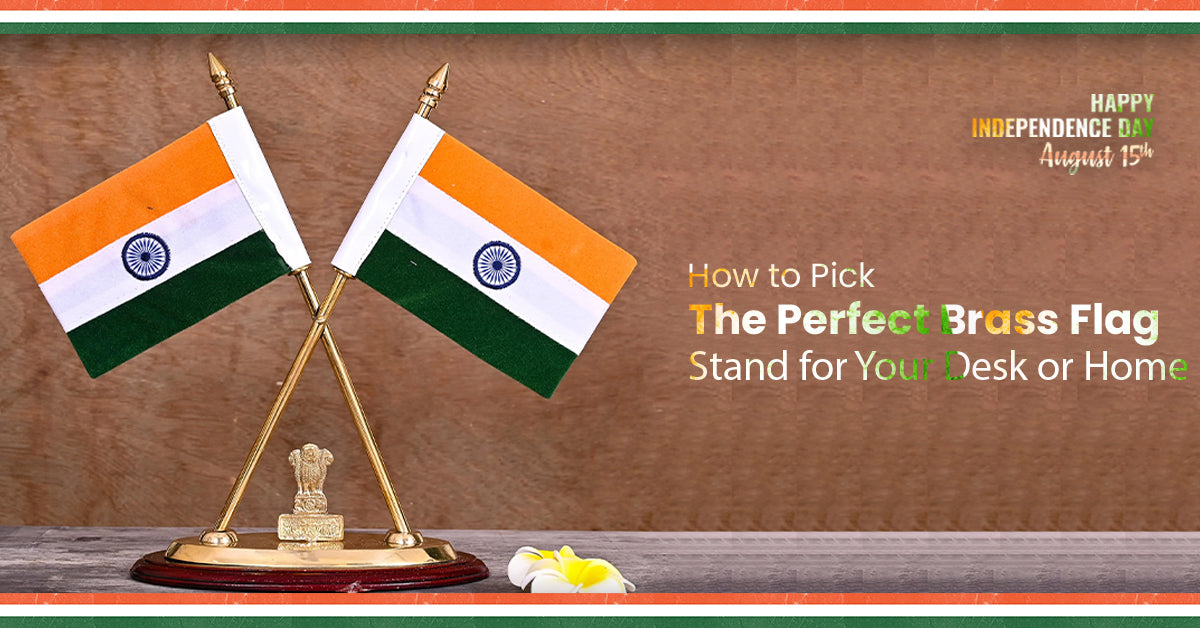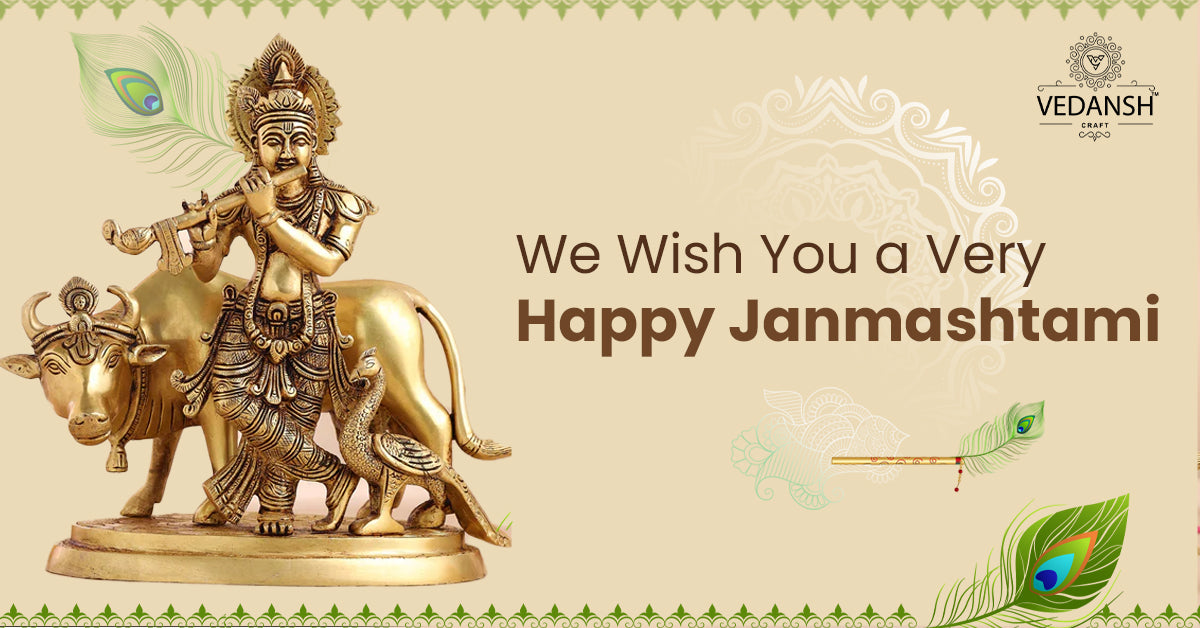

Crafting Tomorrow: Innovations in Reviving Traditional Thathera Artistry
, by javed techqart, 7 min reading time
Preserving traditional crafts like Thathera is crucial for maintaining cultural identity and heritage. These crafts carry stories of generations, reflecting the rich tapestry of a country's history and traditions. They also provide livelihoods for artisans and contribute to communities' economic and social fabric. By preserving traditional crafts, we honor the skills and wisdom passed down through generations and ensure their continuation for future generations to appreciate and benefit from.
Thathera craft originates from the northern Indian city of Jandiala Guru in Punjab. It involves the meticulous art of crafting utensils and decorative items from brass, copper, and other metals. The craft encompasses various techniques such as molding, engraving, and polishing, showcasing the artisans' mastery and creativity.
Thathera craft was inscribed on UNESCO's List of Intangible Cultural Heritage of Humanity to recognize its cultural significance and craftsmanship. This listing acknowledges the craft's contribution to humanity's cultural diversity and highlights the need to safeguard its practice and transmission.
Evolution of Thathera craft
The Thathera craft traces its roots back centuries to the skilled metalworkers of ancient India. Historically, artisans from the Thathera community were renowned for their expertise in working with metals. Over time, the craft evolved, incorporating influences from various regions and cultures while retaining its distinctive techniques and aesthetic appeal.
The Thathera craft requires a profound understanding of metallurgy and metalworking techniques. Artisans employ traditional tools and methods, including hammering, soldering, and embossing, to shape and adorn metal sheets into intricate designs. Each piece crafted by Thathera artisans reflects their dedication to precision and craftsmanship, showcasing a blend of skill and artistry.
Challenges Faced by Thathera Craft
One of the major challenges confronting the Thathera craft is the dwindling number of artisans and the erosion of traditional craftsmanship. Many young people from Thathera families are moving away from traditional occupations, opting for alternative livelihoods in urban areas. As a result, there is a shortage of skilled artisans capable of mastering the intricate techniques and processes involved in Thathera craftsmanship. The decline in artisans not only threatens the continuity of the craft but also diminishes the transmission of indigenous knowledge and skills to future generations.
Thathera artisans face significant economic challenges due to various factors, including rising production costs, competition from mass-produced goods, and fluctuations in market demand. The traditional methods and materials used in Thathera craft often entail higher production costs than modern manufacturing techniques. The lack of access to modern marketing channels and distribution networks limits the market reach of Thathera products, resulting in lower profitability for artisans. Economic pressures compel some artisans to abandon their craft in pursuit of more lucrative livelihood opportunities, exacerbating the vulnerability of the Thathera tradition.
Threats to the Survival of the Thathera Craft
The survival of the Thathera craft is further jeopardized by various external threats, including environmental degradation, changing consumer preferences, and the encroachment of mass-produced alternatives. Environmental factors such as pollution and resource depletion pose significant challenges to the sustainability of traditional metalworking practices. Moreover, the pervasive influence of globalization and homogenization trends undermines the uniqueness and authenticity of Thathera craftsmanship, diminishing its cultural significance and relevance in contemporary society. Without concerted efforts to address these threats, the Thathera craft faces the risk of gradual extinction.
UNESCO's Role in Preserving Cultural Heritage
The United Nations Educational, Scientific and Cultural Organization (UNESCO) plays a pivotal role in safeguarding and promoting intangible cultural heritage worldwide. Through its conventions and programs, UNESCO endeavors to raise awareness about preserving traditional practices, knowledge systems, and expressions of cultural identity. By recognizing and inscribing cultural elements such as the Thathera craft on its Intangible Cultural Heritage list, UNESCO aims to foster international cooperation and support for the safeguarding and transmitting of these heritage forms to future generations.
Including the Thathera craft on UNESCO's List of Intangible Cultural Heritage of Humanity signifies global recognition of its cultural significance and value. This listing acknowledges the craftsmanship, creativity, and cultural heritage embedded in the Thathera tradition, highlighting its contribution to humanity's diverse cultural landscape. The UNESCO listing also catalyzes raising awareness about the Thathera craft's challenges and mobilizing resources and support for its revival and sustainability efforts.
UNESCO recognition brings international attention to the Thathera craft, opening doors for collaboration, exchange, and support from various stakeholders, including governments, non-governmental organizations, and cultural institutions. The listing enhances the visibility and marketability of Thathera products on the global stage, creating opportunities for artisans to access new markets and audiences. Moreover, UNESCO recognition validates the efforts of Thathera communities and stakeholders engaged in revitalizing and promoting their cultural heritage, inspiring confidence and pride in their craft traditions. By leveraging international support and resources, Thathera artisans can overcome existing challenges and ensure their craft's continued vitality and relevance for generations to come.
Initiatives and Efforts for Revival of the Thathera craft
- Government and non-governmental interventions
Both government bodies and non-governmental organizations (NGOs) have launched initiatives to support the revival of the Thathera craft. Government schemes provide financial assistance, training programs, and infrastructure support to Thathera artisans. NGOs collaborate with communities to create awareness, facilitate skill development workshops, and establish cooperative networks to enhance the market access of Thathera products. These interventions aim to address the socio-economic challenges facing Thathera artisans and promote the sustainability of the craft.
- Skill development programs for artisans
Skill development programs are crucial in empowering Thathera artisans with the technical skills and business acumen to thrive in a competitive market environment. These programs offer training in traditional metalworking techniques, quality control measures, and product diversification strategies. Vocational training centers and artisanal schools provide apprenticeship opportunities for aspiring artisans, ensuring the transmission of indigenous knowledge and craftsmanship to future generations.
- Collaborations with designers and contemporary markets
Collaborations between Thathera artisans and designers enable the integration of traditional craftsmanship with contemporary designs and aesthetics. Designers bring fresh perspectives and innovative ideas to traditional craft practices, revitalizing Thathera products for modern consumers. Collaborative ventures also facilitate access to niche markets and upscale retailers, expanding the reach and visibility of Thathera craftsmanship beyond traditional boundaries. By embracing design innovation and market-driven approaches, Thathera artisans can position their craft as a viable and desirable choice in today's global marketplace.
Importance of Thathera craft
Preserving the Thathera craft is a shared responsibility that requires the active participation and commitment of individuals, communities, and stakeholders. By valuing and celebrating cultural diversity, fostering intercultural dialogue, and promoting inclusive development, we can safeguard the Thathera craft and other intangible cultural heritage forms for future generations to cherish and enjoy.
Read More
Bhande Kali Karalo (Tin Coating): Enhancing Durability with a Protective Layer
8 Simple, Quick & Easy Cleaning Tips for Everyday Use of Brass, Copper, and Kansa Utensils
Tags
Blog posts





